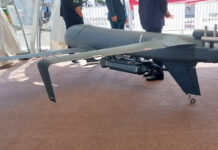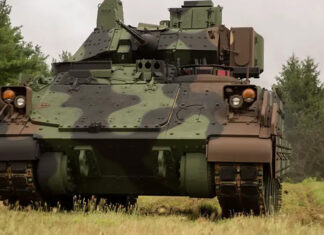
Raytheon, an RTX business, is developing an innovative Multi-Mission Launcher to launch a wide range of weapons and drones. This launcher will be integrated into the Lynx XM30 prototype RTX is working on as part of Team Lynx, led by American Rheinmetall Vehicles. The Lynx XM30 prototype is a proposed design to replace the U.S. Army’s Bradley Fighting Vehicle. Raytheon plans to have a turret-mounted version ready for testing by 2025, with potential applications extending beyond the Lynx XM30 prototype.
The Multi-Mission Launcher boasts three key advantages: compatibility with multiple missile designs, the ability to target adversaries beyond the line of sight, and software that can process data collected by missiles in flight. This gives soldiers a more comprehensive battlefield view and enhanced tactical options. The launcher is designed to fire various effectors, including Raytheon’s Coyote Block 3 unmanned aircraft systems and Javelin missiles, with future integration planned for the TOW missile family.
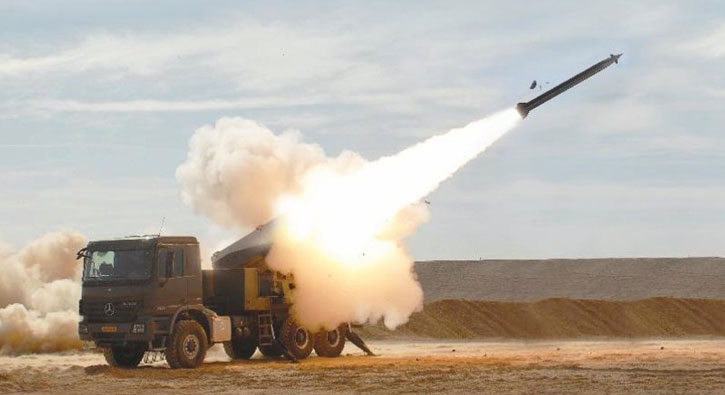
Diehl Defence and Elbit Systems Partner on Rocket Artillery Systems
Diehl Defence of Germany and Elbit Systems Land of Israel have announced a strategic partnership to develop and produce rocket artillery ammunition for the PULS and EuroPULS launcher systems. This collaboration addresses the growing European demand for advanced rocket artillery and deep strike capabilities.
Under the agreement, the two companies will jointly deliver rockets and advanced training rockets specifically designed to meet European rocket artillery requirements, focusing on the needs of the German armed forces. The partnership complements the EuroPULS launcher initiative, a joint project between Elbit and KNDS Deutschland to meet the technical and operational standards of NATO. This collaboration is expected to enhance local production capabilities, support, and sustainment for European countries utilizing the PULS and EuroPULS systems.
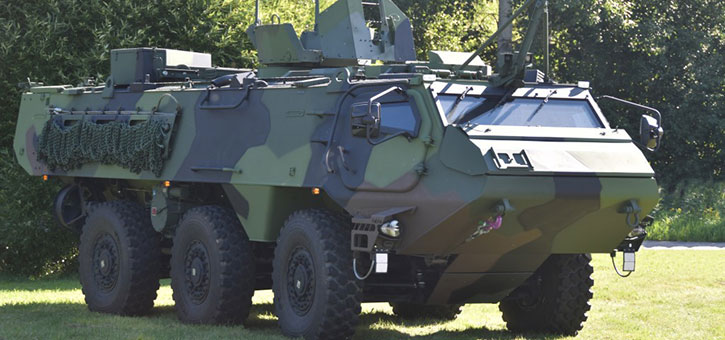
Finland Expands Patria 6×6 Armoured Vehicle Fleet
The Finnish Defence Forces has exercised an option to buy 29 Patria 6×6 armored vehicles, bringing the total fleet to 70. This purchase is part of the Common Armoured Vehicle System (CAVS) program and follows an earlier procurement of 41 vehicles under the same agreement. The Patria 6×6, or XA-300, is a versatile armored personnel carrier designed to meet modern military requirements.
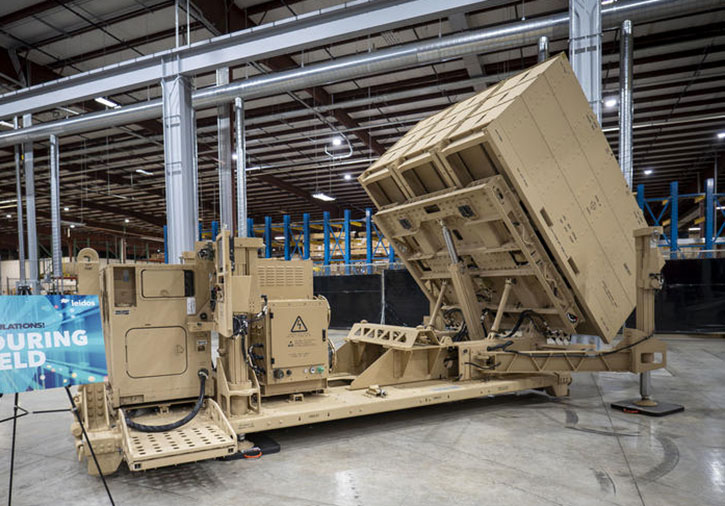 Enduring Shield System Successfully Intercepts Targets in Flight Test
Enduring Shield System Successfully Intercepts Targets in Flight Test
Leidos has announced the successful testing of its Enduring Shield air defense system. The system intercepted multiple targets during a flight test, demonstrating its advanced capability to counter aerial threats. The Enduring Shield system is designed to defend against various aerial threats, including cruise missiles (CM), and unmanned aerial vehicles (UAS). Its open architecture makes it adaptable for integration with existing defense networks and allows upgrades as new threats emerge. Enduring Shield comprises the US Army’s Indirect Fire Protection Capability Increment 2 (IFPC Inc 2) system, which is designed to protect military forces and strategic sites by providing low-altitude, short-range air defense, and bridge the gap between tactical short-range air defense and strategic systems, Terminal High Altitude Area Defense (THAAD) and Patriot forces.
The demonstration highlighted the system’s ability to detect, track, engage, and intercept UAS and CM targets in a missile flight test with a surface-launched AIM-9X. The test also involved integrating the Integrated Battle Command System (IBCS), Sentinel A3, and Missile Datalink, showcasing the capability to neutralize UAS and CM targets through a live fire.
Leidos was recently awarded a contract by the U.S. Army Contracting Command—Redstone Arsenal for additional hardware assets in support of the Army’s Enduring Indirect Fires Protection Capability (IFPC) Initial Operational Test and Evaluation (IOT&E). The hardware includes upgrades to the missile remote communications link and software, which supports the Army’s Integrated Air and Missile Defense architecture.
With its successful test, the Enduring Shield air defense system is expected to play a critical role in the U.S. Army’s Indirect Fire Protection Capability Increment 2 program, designed to protect forward-deployed forces from increasingly sophisticated airborne threats.

Epirus to Deliver Leonidas Expeditionary to the US Navy
Epirus will deliver its compact RF weapon variant Leonidas Expeditionary, developed as part of a USD5.5 million contract award from the US Navy’s Office of Naval Research (ONR).
The high-powered microwave (HPM) system delivers upon the Expeditionary Directed Energy Counter-Swarm program, or ExDECS, developed by ONR, Marine Corps Warfighting Lab (MCWL), and the Joint Counter-small Unmanned Aircraft Systems Office.
Leonidas Expeditionary is a derivative of Epirus’ flagship Leonidas system, a modular and scalable system designed to fit on a Joint Light Tactical Vehicle (JLTV) trailer and assist Low Altitude Ground Based Air Defense (GBAD) in expeditionary operations in counter-drone and counter-swarm defense. Epirus expects to deliver a completed ExDECS HPM system to the Marine Corps Warfighting Lab by the end of 2024.

Diehl Defence Develops μMissile for Anti-Drone Operations
Diehl Defence is working on the μMissile (Micro Missile), a versatile anti-drone system for peacetime and combat. The missile can be equipped with a net for non-lethal drone capture or a fragmentation warhead for destroying drones in wartime. It has a range of five kilometers, reaches speeds of 200 km/h, and can be launched vertically from various platforms, including ships and ground-based systems. Series production is expected within two years. Source: Lars Hoffmann reported this first on Hartpunkt.

UK Looks for New Mobile Air Defenses
As the UK is seeking a replacement for the Stormer HVM performing its best against Russian missile and drone attacks in Ukraine, DVD provided the scene for new weapon systems addressing the need for short-range air defenses. NP Aerospace has displayed a Moog RIwP remotely controlled weapon mounted on a Ridgeback 4×4 vehicle configured for UK SHORAD / C-SAT. Another system aimed at this opportunity was the Rapid Ranger turret from Thales, which mounted four missile launchers with lasers and optics for target acquisition and guidance. Designed for light vehicles, this turret weighs less than 500 kg and can hold Starstreak or LMM missiles for surface-to-air or direct-fire engagement.
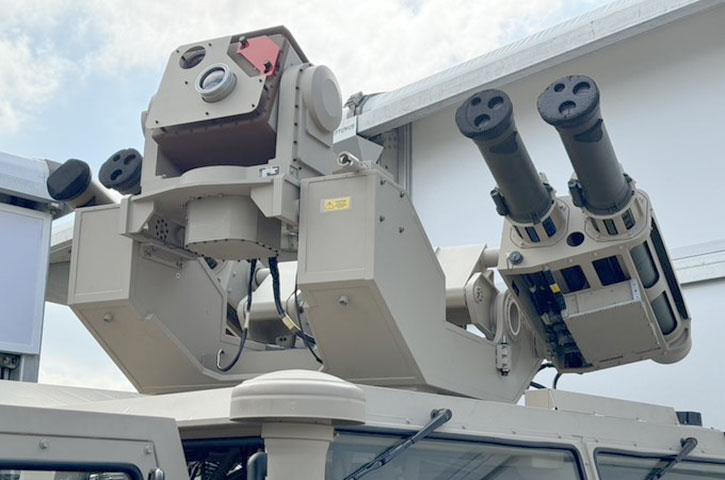
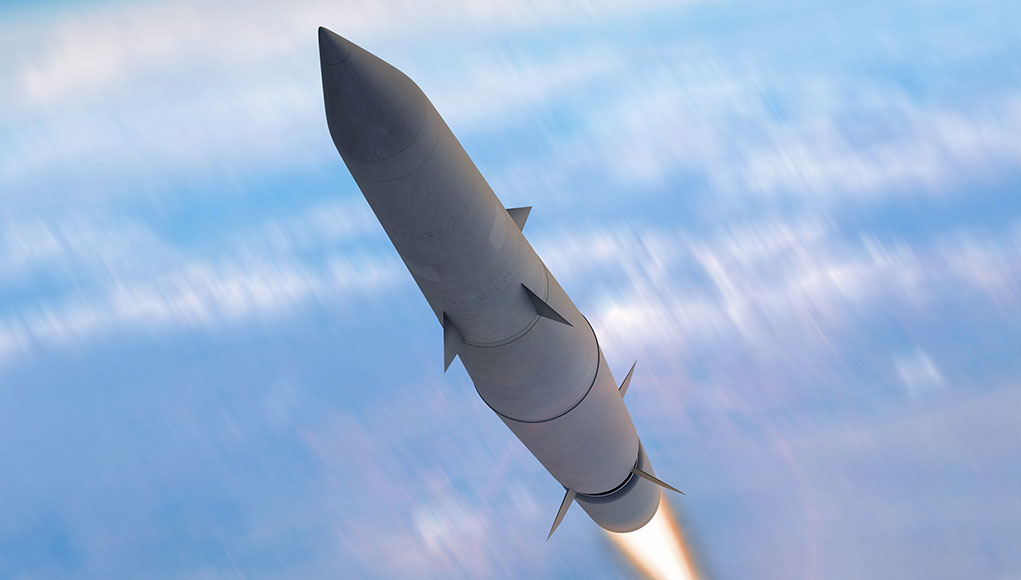
Northrop Grumman to Develop First Hypersonic Glide Phase Interceptor
The U.S. Missile Defense Agency (MDA) has selected Northrop Grumman Corporation to proceed with the development of the Glide Phase Interceptor (GPI) program, a groundbreaking defensive countermeasure against hypersonic missile threats. This decision follows a three-year developmental effort that produced an innovative, purpose-built design capable of countering existing and emerging hypersonic threats. MDA favored this choice over a competing proposal from Raytheon.
In the next development phase, Northrop Grumman will refine the preliminary design of the GPI, which is intended to be launched from U.S. Navy Aegis Ballistic Missile Defense destroyers and Aegis Ashore facilities using standard Vertical Launch Systems. The company plans to demonstrate system performance in hypersonic environments and complete flight experiments ahead of schedule, leveraging its flight-proven systems. Northrop Grumman will employ digital engineering practices to accelerate design processes and develop interceptor capabilities more efficiently.
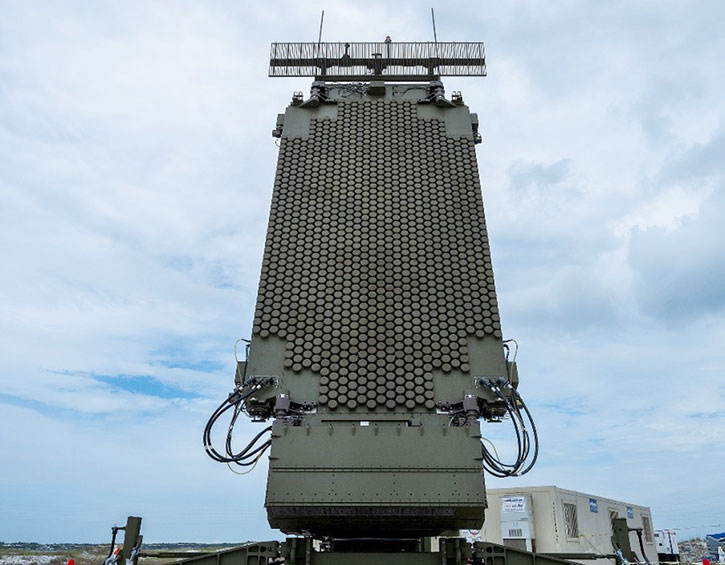
TPY-4 Radar Achieves Milestone in U.S. Air Force’s 3DELRR Program
Lockheed Martin has achieved advanced milestones in developing the TPY-4 radar system for the U.S. Air Force’s Three-Dimensional Expeditionary Long-Range-Radar (3DELRR) program. The radar completed risk reduction tests, demonstrating its performance under various conditions and marking an important step toward system deployment.
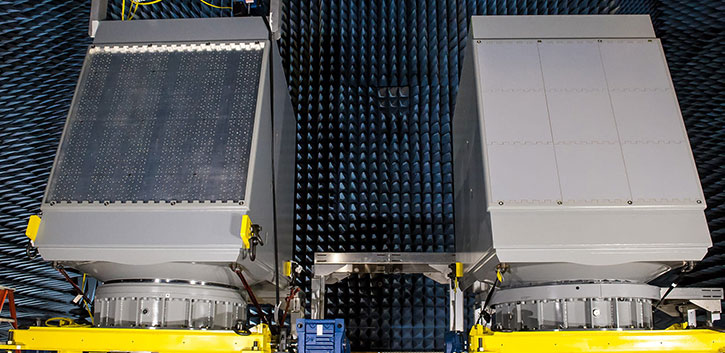
Raytheon Awarded Contract to Streamline SPY-6 Radar Production
Raytheon, an RTX business, has been selected for an Office of Naval Research (ONR) Navy ManTech project to improve the manufacturing process of SPY-6 Transmit/Receive (TR) modules. The project, awarded by Penn State University Applied Research Laboratory’s Electronics Manufacturing Center of Excellence, aims to streamline production and reduce costs for the U.S. Navy’s SPY-6 radar system. The new SPY-6 radio frequency TR modules are expected to be delivered in 2026-2027.
The initiative will focus on implementing manufacturing advancements such as automation, new material sources, and process yield improvements. These enhancements are expected to result in significant cost savings for the U.S. Navy throughout the lifecycle of the SPY-6 radar.
SPY-6 is a family of radars the U.S. Navy uses for air and missile defense across multiple ship classes. The system provides 360-degree integrated air and missile defense, allowing ships to simultaneously detect, track, and discriminate air, surface, and ballistic missile targets. The modular construction and common hardware and software across four variants make the SPY-6 more reliable and cost-effective.
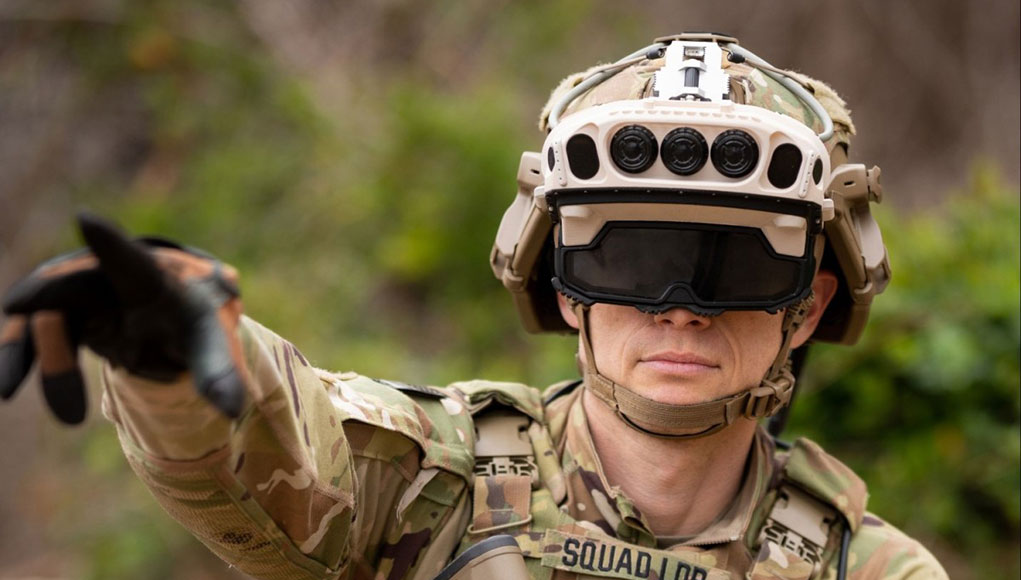
Anduril Integrates Lattice into Microsoft’s IVAS
Anduril Industries and Microsoft have announced a strategic partnership to enhance the U.S. Army’s Integrated Visual Augmentation System (IVAS) program, enabling soldiers to see real-time threats across the battlespace. Together, they will work on integrating Anduril’s Lattice operating system with Microsoft’s HoloLens-based IVAS headsets. Soldiers wearing Lattice-enabled IVAS headsets are rapidly warned of incoming autonomously-detected airborne threats, enhancing survivability in complex, contested environments.
IVAS is a platform designed to ingest data from various sensors, including those integrated into the headset, attached to weapon systems, and via third-party devices and software, giving Soldiers unprecedented visibility on the battlefield. With the integration of Anduril’s Lattice system, Soldiers will have a significantly enhanced capacity to detect, track and respond to threats in real-time while rapidly expanding the mission capabilities available to Soldiers.
Bulgaria Approved to Buy Javelin Missiles
US approves sale of hundreds of Javelins to Bulgaria—The US State Department has approved the potential sale to Bulgaria of Javelin missiles and related equipment, with an estimated total cost of $114 million.
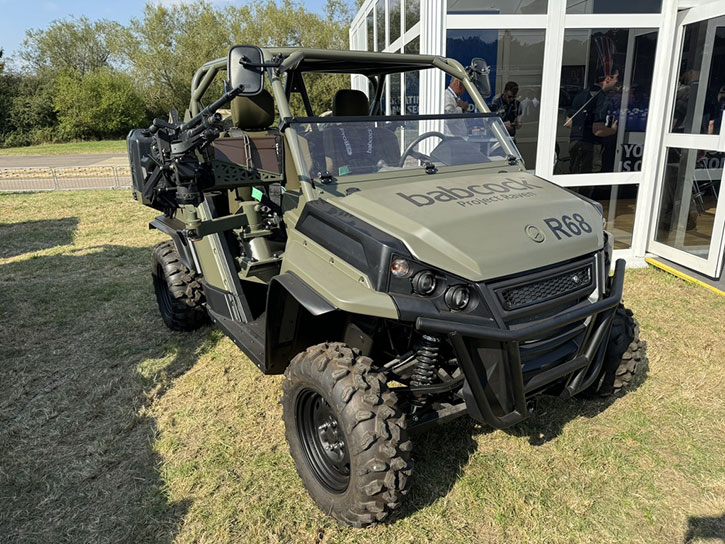
Babcock Introduces Project Raven – a European ATV
Babcock has displayed a locally built all-terrain vehicle (ATV) at the recent DVD event to compete with Polaris Defense’s MRZR, offering ITAR-free production at a lower cost, based on the European supply chain. The vehicle was developed under Project Raven and aimed to source a European alternative to the Polaris MRZR. It is designed for two or three passengers. It holds a NATO pallet-sized flatbed for loading up to 500kg payload in the back. The chassis is built in Spain, and the diesel engine is a Japanese unit. Both are far more available in Europe and the UK. It is measured to load internally into the Merlin transport helicopter. Source: @TotherChris reported this first on X.


